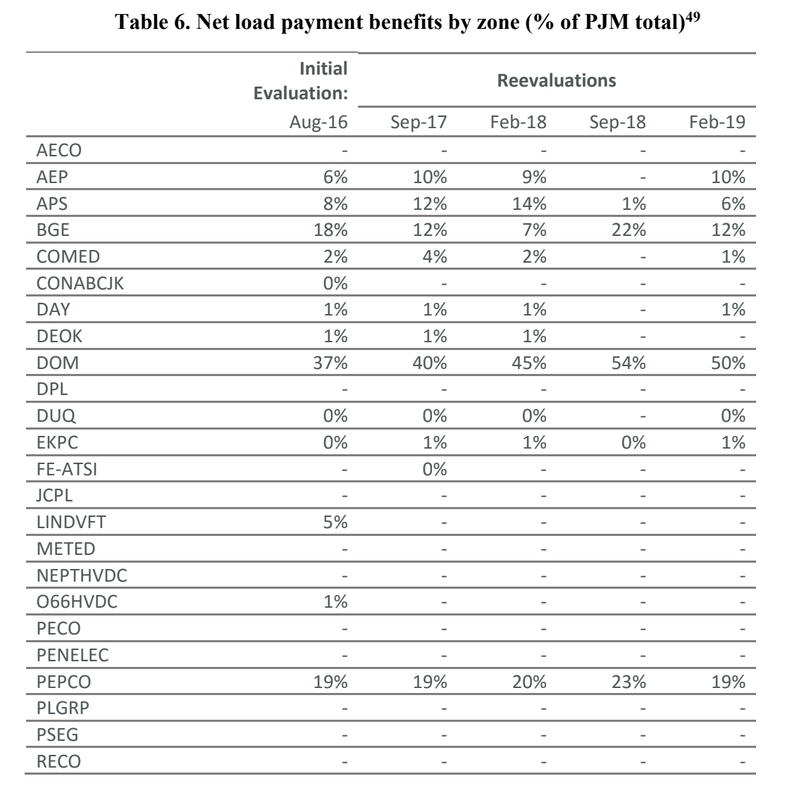The PPRP coordinates the review of seven Maryland State agencies to provide a recommendation to the Maryland Public Service Commission. The recommendation is denial.
The recommendation by the reviewing State Agencies to deny a transmission project is a
rarity and is not made lightly, or without significant analysis and consideration. Yet, this project contradicts Maryland’s well-established statutory planning and preservation priorities. While, the work of PJM is vital to assure the reliability of the electricity grid that serves Maryland, what is most beneficial for the applicant, or PJM and its stakeholders, is not always what is in the public interest of the State and its residents. This discretionary PJM-driven market efficiency project, and the process used to approve it, demonstrates this divergence. As described by the Direct Testimony of the Secretary of Agriculture, Joseph Bartenfelder, and the Executive Director of MALPF, Michelle Cable, Maryland’s agriculture industry is vital to Maryland as its single largest industry after the federal government, which is why Maryland has prioritized preserving farmland and ensuring the integrity of MALPF easements. Projects that diminish the State’s efforts and devalue its investments to preserve this finite resource should not be approved when existing infrastructure is available. PJM and transmission developers should reasonably be expected to incorporate Maryland’s stated policies and statutes into their project development and approval processes.
The PPRP puts great emphasis on the fact that viable alternatives to the project exist that would make use of existing transmission and rights of way. PJM put absolutely no value on making use of existing assets, and Maryland law requires existing assets be considered before new rights of way are taken.
PPRP's opinion also points out that emergent "reliability" issues are the baggage of approving the Transource project in the first place. Once Transource was approved by PJM and placed in its transmission expansion plan, new generators can be proposed that use it. Since PJM must plan for transmission to serve generators in its queue, all of a sudden the Transource project becomes a "reliability" issue that would never have developed if the project wasn't approved in the first place. It's a clear case of the tail wagging the dog. Because PJM can only order new transmission, but not new generation, it becomes an obstacle to market forces that are supposed to drive the development of efficient and useful generation. This is a fact that PJM's independent Market Monitor has highlighted in recent State of the Market reports.
The MMU recommends the creation of a mechanism to permit a direct comparison, or competition, between transmission and generation alternatives, including which alternative is less costly and who bears the risks associated with each alternative.
The PPRP's testimony and recommendation is long and consists of many parts, some really interesting. Personally, I enjoyed the discussion of rare, threatened or endangered (RTE) species that will be impacted by Transource. In addition to the bog turtles, made famous by Transource's civil suits seeking a court order to enter private property to survey for them, two other RTE species impacted by Transource were discovered, the Checkered Sculpin and the Allegheny Pearl Dace. Wow! Great names for things I've never heard of... what might they look like? Are they some kind of tiny organism with huge names, or do they fit their auspicious monikers, falling into the realm of chupacabras, sasquatches, or mothmen? They're fish. Tiny, rare fish. But even tiny, rare fish serve an important biological purpose. And what purpose does the Transource IEC serve? Oh, right, supposedly it will save someone in the DC-metro area a few pennies on their electric bill.
And, on that topic, the OPC's testimony, also recommending denial, highlighted an important fact. The cost allocation for the Transource project was fixed in August 2016, when the project was approved by PJM. The cost allocation, which was based on expected benefits at that time, will never change, although the benefits themselves have and will change constantly. The testimony included an interesting table showing how the initial benefit/cost allocations have shifted over time. For instance, in the Dominion power zone (DOM) the initial allocation of cost based on expected benefits from the project was 37%. Dominion was supposed to see 37% of the benefits, therefore it was assigned 37% of the cost. But since that time, Dominion's expected benefits have risen to 50%. Dominion will receive 50% of the project's benefits, however its share of the cost of the project is fixed at 37%. That means that other zones where benefit percentages have fallen will be paying for 13% of Dominion's benefits.
The longer this project drags on, and the longer PJM and Transource try to bang a square peg into a round hole, the more my 8% share of the costs increases.
STOP IT, PJM! You have the power to stop it right now. It's well past time to cancel the Transource IEC!

 RSS Feed
RSS Feed